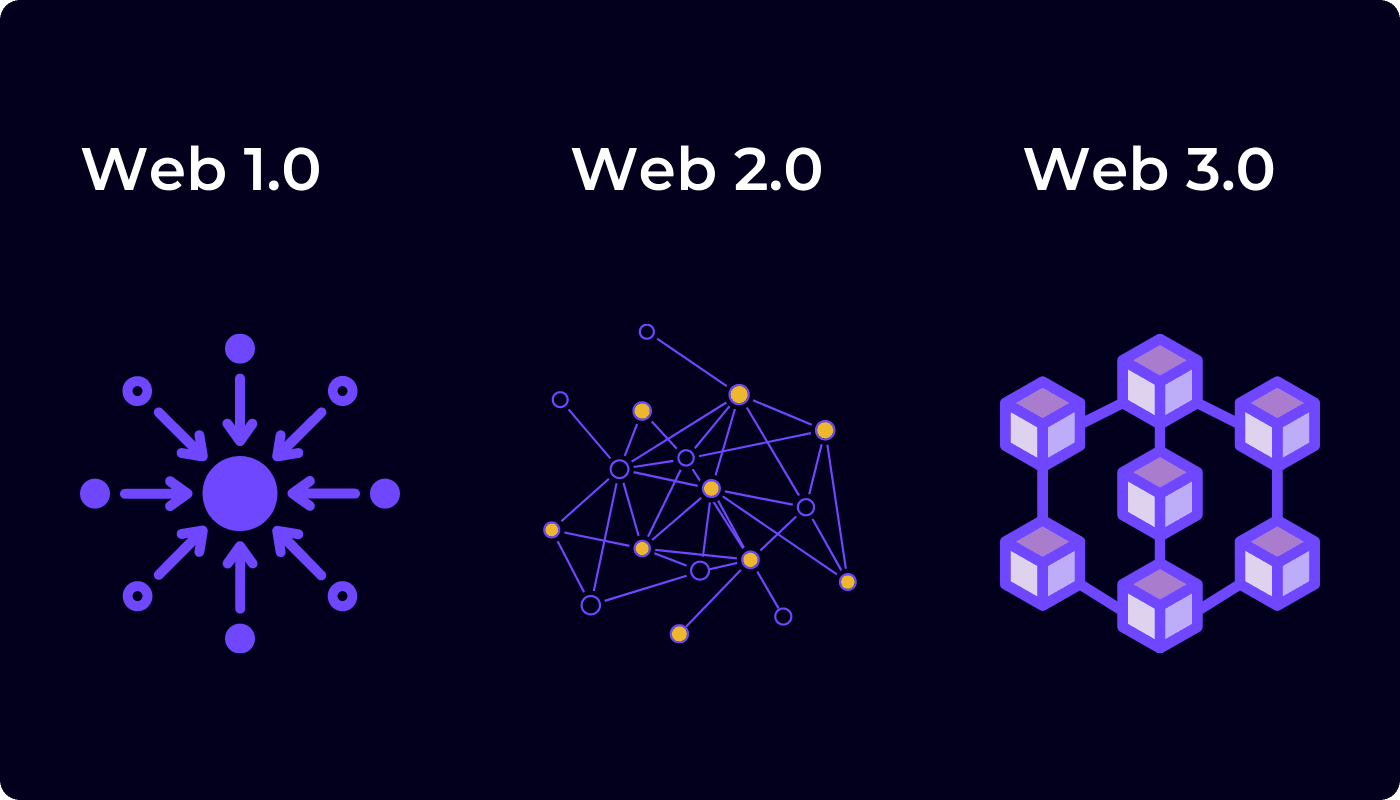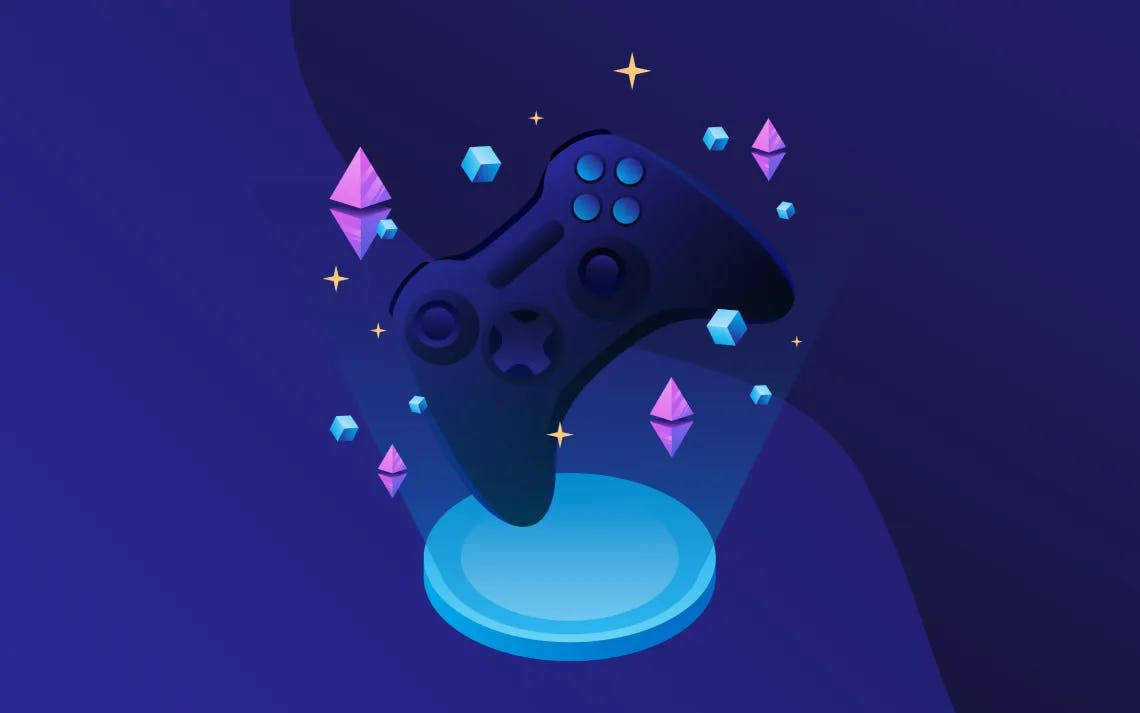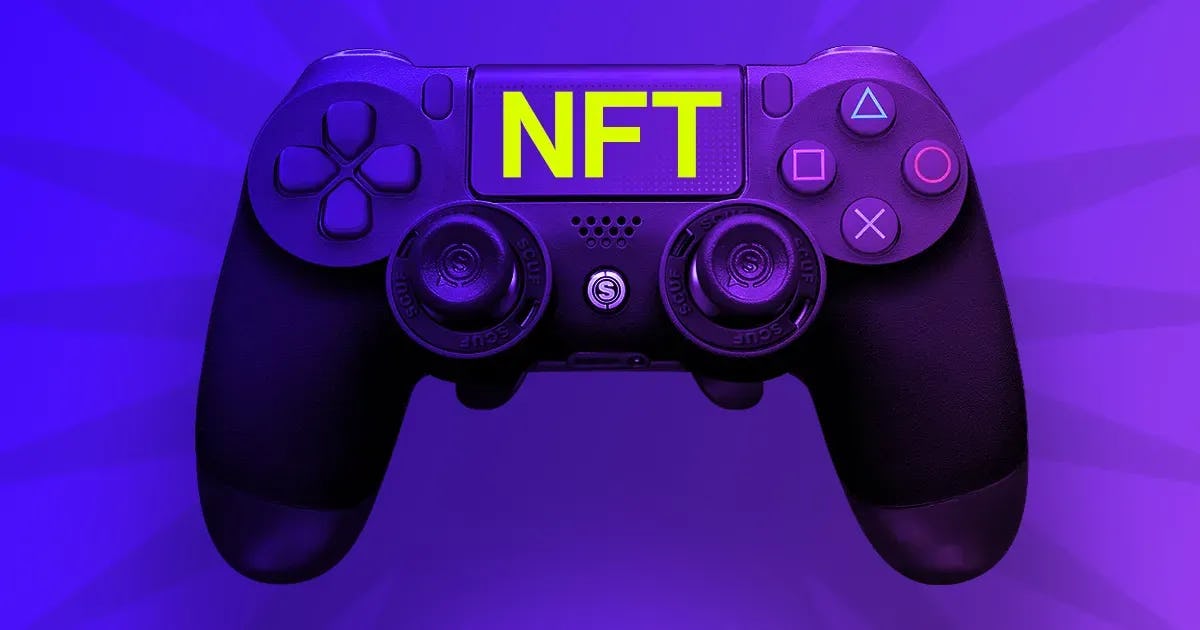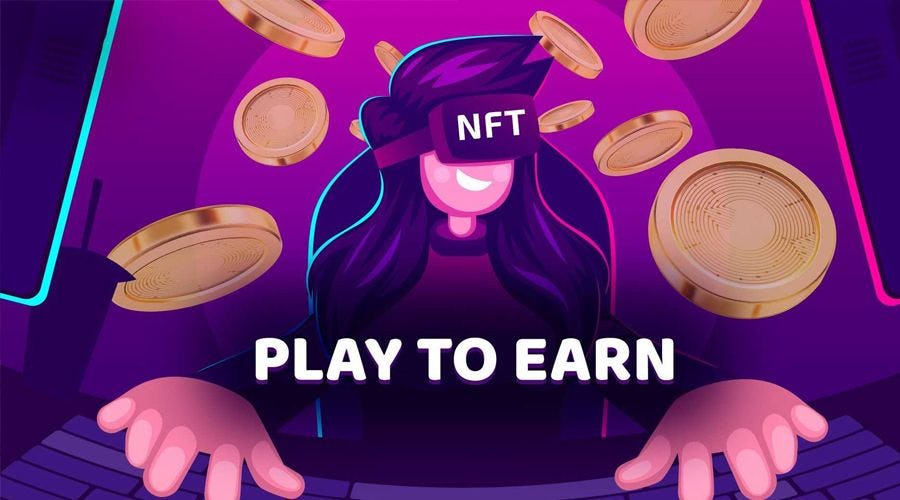What is Web3?
Everything you need to know about web3, explore its origins, principles, and potential impact on the future of all our online experiences.

Eliza Crichton-Stuart
Head of Operations

In the ever-evolving landscape of the internet, a new term has been making waves: web3. But what exactly is web3, and why is it garnering so much attention? As we navigate through the digital realm, understanding the fundamental shifts in technology is crucial.
In this article, we dive into the depths of web3, exploring its origins, principles, and potential impact on our online experiences. From decentralized networks to blockchain-based innovations, this summary aims to unravel the mysteries of web3 and its implications for the future of the Internet.

What is Web3?
Definition: Web3 is a new evolution of the Internet based on the principles of decentralization. Web3 combines the rich and interactive digital experiences that exist today with infrastructure that offers users ownership and cryptographic guarantees.
The emergence of web3 has garnered widespread attention from leaders in both traditional tech and the blockchain community, sparking discussions about its historical roots and future implications. Initially coined by Tim Berners-Lee during the dotcom era, "web 3.0" originally described an interconnected communication framework enabling machine-readable Internet data across various platforms — a concept synonymous with the Semantic Web.
Note: Throughout this discussion, "web3" will be used distinctively from "web 3.0," which typically refers to Berners-Lee's Semantic Web concept.
In 2014, Ethereum Co-founder Gavin Wood repurposed the term in his blog post "DApps: What Web 3.0 Looks Like," emphasizing blockchain's potential to establish a trustless interaction system through protocols like consensus engines and cryptography. Today, web3 remains a focal point of debate among tech giants and blockchain pioneers, who grapple with its foundational principles and effects on future trust models.

The Evolution of the Internet
Web 1.0 (1994-2004)
Web 1.0, the initial phase of the Internet as we know it, began in 1994 and concluded approximately in 2004 with the emergence of prominent social media platforms such as Twitter and Facebook. Although the broader audience became acquainted with Web 1.0 in 1994, its origins traced back to ARPANET (Advanced Research Projects Agency Network), a U.S. government initiative established in 1968. Initially, ARPANET served as a limited network connecting military contractors and university professors for data exchange purposes.

During the Web 1.0 era, the Internet primarily comprised static HTML pages, offering users minimal opportunities for interaction. While platforms like America Online (AOL) and discussion forums such as Usenet facilitated private chats and discussion boards, the overall landscape of the Internet was characterized by limited interaction and few financial transactions for the majority of users.
Interactions and financial transactions within the Web 1.0 environment were constrained due to the absence of a secure infrastructure for money transfers. However, notable exceptions existed. One pioneering example was Pizza Hut, which in 1995 introduced an innovative order form on its website. Customers could place orders through this form and pay in cash upon delivery, showcasing one of the earliest instances of e-commerce integration within the limited capabilities of the Web 1.0 era.

Web 2.0 (2004-The Present)
Around 2004, the landscape of the web underwent significant evolution driven by increased user demand for social interactions, gaming, music, and video sharing - as well as financial transactions. This surge was fueled by notable advancements in Internet speed, the development of fiber optic infrastructure, and enhancements in search engine technology.
The growing need for enhanced interactivity spurred the emergence of numerous Internet institutions and companies. Social media platforms like Facebook, MySpace, and Twitter revolutionized social interaction, while applications like Napster satisfied the need for online music and video sharing.

Google became a cornerstone for navigating vast amounts of online information effectively. Additionally, traditional institutions such as Bank of America adapted to meet the demand for financial interactions and electronic fund transfers, leveraging advanced encryption standards like 256-bit AES.
This shift toward a more interactive internet significantly improved user experiences, introducing new functionalities. However, it also introduced a tradeoff that remains prevalent today: To access these enhanced features and interactions, users must entrust significant amounts of information and responsibility to centralized third-party platforms. This delegation grants these entities substantial power and influence over data and content ownership.

This operational model largely defines the internet's functioning to date. In the United States alone, Google, YouTube, Facebook, and Amazon collectively received 23.56 billion visits in October 2021—approximately double the traffic of websites ranked 5-20.
Web3 (2008-The Future)
In 2008, Satoshi Nakamoto introduced the Bitcoin whitepaper, marking a pivotal moment in the evolution of the internet. This document outlined the foundational principles of blockchain technology and introduced a peer-to-peer digital currency, challenging the prevailing paradigm of Web 2.0.
Bitcoin revolutionized digital transactions by offering a secure method of exchanging money over the internet without relying on trusted third parties. Satoshi emphasized the need for an electronic payment system based on cryptographic proof rather than trust.

The concept of smart contracts further advanced the decentralized model of the Internet. While Bitcoin facilitated secure peer-to-peer payments, smart contracts extended this concept to programmable agreements, enabling a wide array of applications such as insurance, gaming, identity management, and supply chains.
This evolution hinted at a transformative shift in the nature of web experiences and digital interactions. By facilitating direct and secure transactions between parties, smart contracts presented a vision of an internet characterized by fairness, transparency, and cryptographic integrity.
Gavin Wood coined the term "web3" to encapsulate this reimagined internet landscape, describing it as a "Secure Social Operating System." web3 represents a decentralized vision of the internet aimed at revolutionizing how individuals and institutions establish agreements.
It combines the decentralized architecture of Web 1.0 with the interactive capabilities of Web 2.0 applications, offering a digital ecosystem where users own their data and transactions are safeguarded by cryptographic assurances. Instead of relying on trust in brand-based promises, users can rely on deterministic software logic to execute agreements precisely as programmed.

Relevance to Gaming?
These advancements in blockchain technology and the emergence of web3 hold profound implications for the gaming industry. The concept of smart contracts not only revolutionizes financial transactions but also opens up new possibilities for gaming experiences.
Smart contracts enable transparent and immutable ownership of in-game assets, provably fair gameplay mechanisms, and decentralized gaming economies. Moreover, the decentralized nature of web3 aligns well with the principles of fairness and transparency that are increasingly valued by gamers.
As blockchain technology continues to mature and web3 gains traction, we can anticipate a significant transformation in the gaming landscape, with decentralized gaming platforms and innovative gameplay mechanics becoming increasingly prevalent.
This article was inspired by an original blog post, you can read the original write-up here for more information.
updated:
April 8th 2024
posted:
April 7th 2024



